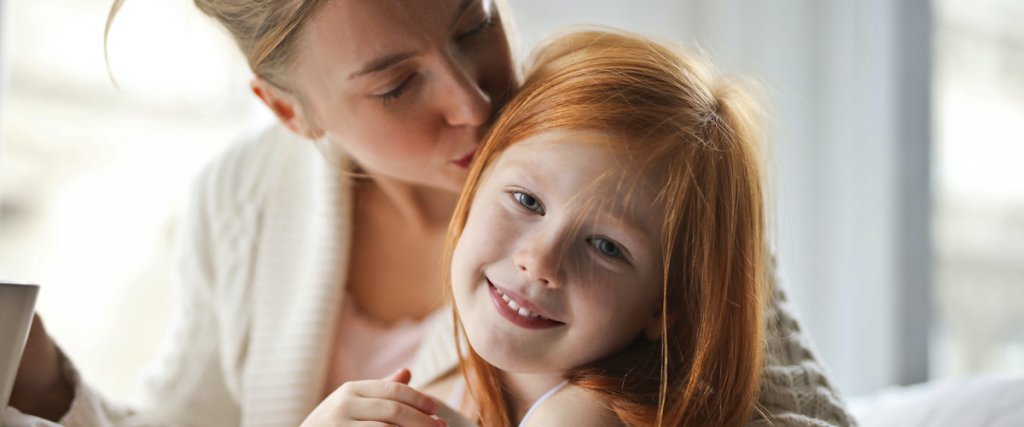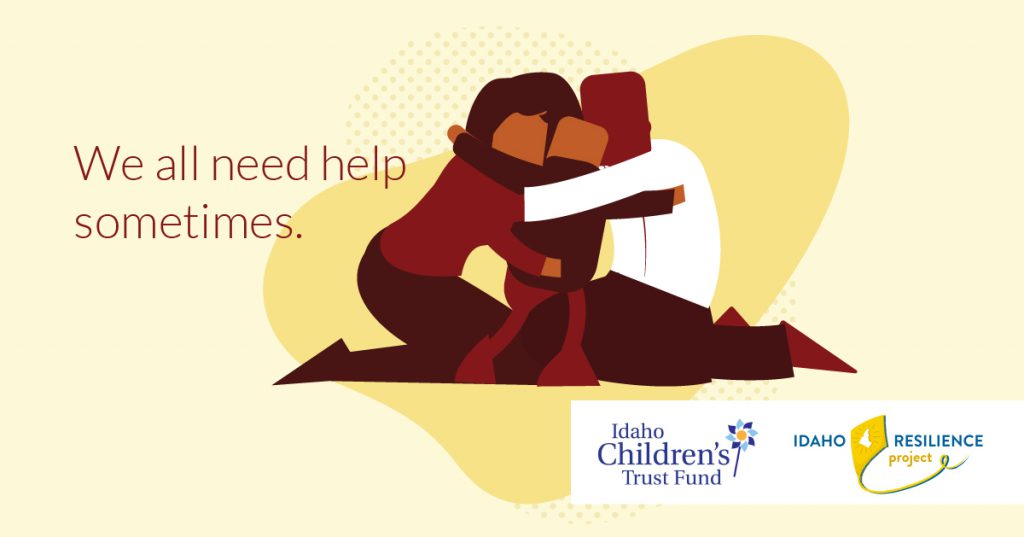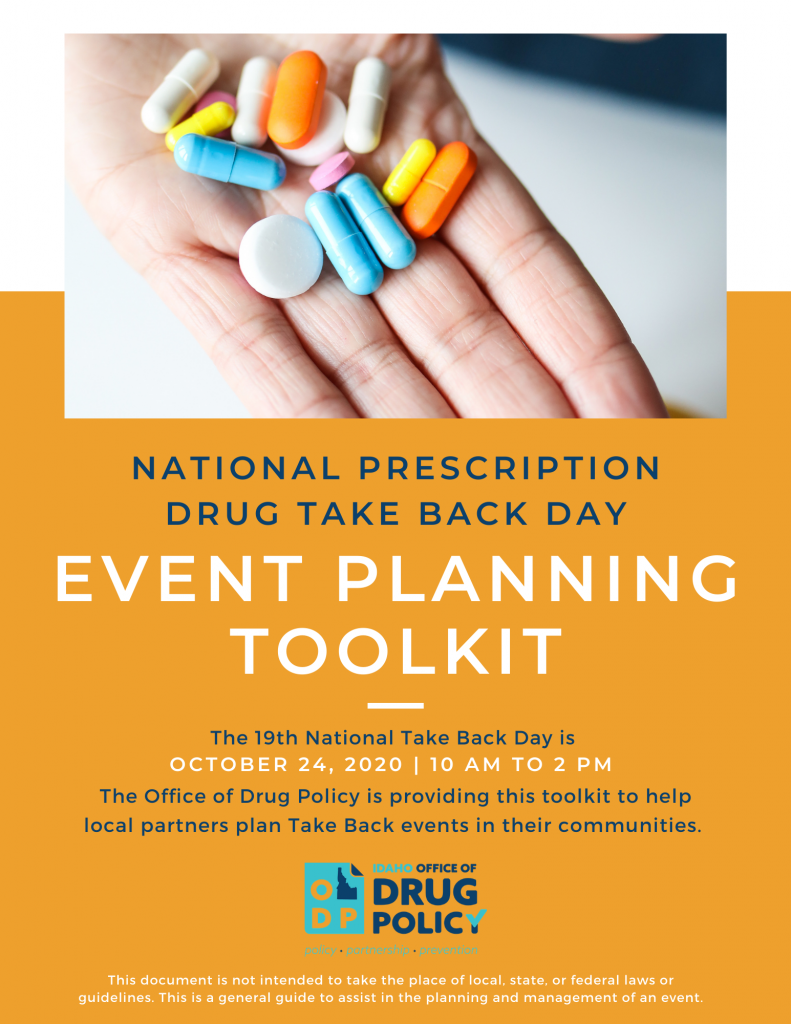Category: Safety
Asking for Help is a Strength

By: Roger Sherman, Executive Director of Idaho Children’s Trust Fund
Phew. This has been a year that we will not soon forget. Our work lives have been stressful as we have adapted to working at home. And then, for many of us, we have had to adapt our parenting to accommodate the new norm of online schooling. It has been very hard to find balance between our work and our personal lives.
As the pandemic hit, many of us who are concerned about children’s well-being worried that families would struggle with the isolation and having children at home. We certainly know some of them have and all of us parents have likely felt overwhelmed at times.
We know there have been more than normal infant deaths caused by abuse and FACES has had to respond to more severe cases of abuse than is typical. How to respond?

As the designated child abuse prevention organization for Idaho, the Idaho Children’s Trust Fund, which is also the state affiliate of Prevent Child Abuse America, knew we had to do something to support parents and families. We started working with St. Luke’s Community Health and that soon blossomed into a coalitional effort with Saint Alphonsus, the Idaho Academy of Pediatricians, district health departments, Idaho Voices for Children, childcare and public health divisions within the Department of Health and Welfare.
Working with the communications company 116 and West, we have created a multi-media campaign that we need your help to circulate. The campaign focuses on encouraging parents (including ourselves) to ask for help when they feel overwhelmed and provides them with a call-in number and a resource page to seek help. This will only work if we all get behind it.
While the campaign has some funding to pay for media and some goodwill from the network stations, we are hoping that state employees, the largest workforce in the state, along with employees of the hospitals, Micron and others can use the power of social media to spread the word that asking for help is a strength.
Here’s the pitch: None of us are perfect parents/We all struggle/We all need help sometimes/That’s why we’re here. Call the HelpNow line or go to www.idahofamilysupport.org for resources.
Can you put this out on your Facebook, Twitter and Instagram? Can you send it out to your family, friends and neighbors? We have static images that you can use. Email me at roger.sherman@ctf.idaho.gov.
Let’s become an army of mandated supporters!

Radon: Fact or Fiction

By: Hannah Day, Health Education Specialist, Environmental Health Program, Idaho Department of Health and Welfare
January is National Radon Action Month
Have you ever heard of radon gas? Did you know radon is present in many Idaho homes? The Environmental Health Program within the Division of Public Health manages the Idaho Radon Program and can help separate radon facts from fiction and keep your family healthy.
FACT: All homes should be tested for radon.
Radon is a naturally-occurring radioactive gas that you cannot see, smell, or taste. It enters homes through gaps or cracks in the foundation. All homes, even new builds and those without basements, can have high levels of radon gas. With many Idahoans working from home due to the COVID-19 pandemic, our risk of exposure to radon is increased as most of our work and personal life is now spent within the home.
Testing is easy and is the only way to know if you are being exposed to radon in your home. It is recommended to test your home every two years or after any remodeling.
How to find a test kit: Contact your local public health district – they have free short-term test kits to give away. You can also order a short-term test kit for $10 from www.radonidaho.org.
MYTH: Radon is not an issue where I live.
Two out of every five tested homes in Idaho have tested high for radon. In fact, high radon levels have been found in every county in the state. To learn more about radon levels where you live, please visit www.radonidaho.org and view the interactive map.
MYTH: Radon is not harmful to my health.
Long-term exposure to radon gas is known to cause lung cancer. Radon is the leading cause of lung cancer in non-smokers. To learn more about the health effects of radon, visit the Environmental Protection Agency’s (EPA) Health Risk of Radon website.
FACT: Winter is the best time to test a home for radon.
Radon levels can change by season and with the weather. The highest levels of radon are found during winter months when homes get less fresh air. To learn more about radon testing and how to respond to a radon problem, visit www.radonidaho.org.
FACT: A Radon problem can be fixed!
Radon mitigation systems can effectively reduce the levels of radon in a home. The Idaho Radon Program recommends hiring a nationally-certified radon professional to fix your home. To locate a radon professional, visit www.radonidaho.org.
For more information, contact the Idaho Radon Program: 1-800-445-8647 or radon@dhw.idaho.gov.
National Prescription Drug Take Back Day

National Prescription Drug Take Back Day
October 24, 2020 at 10:00 am – 2:00 pm
Across the country, an estimated 9.9 million Americans misuse prescription drugs, and studies show that a majority of abused prescription drugs are obtained from family and friends, often from the home medicine cabinet1. To help prevent misuse of prescription drugs, the Drug Enforcement Agency (DEA), along with its state and local partners, hold National Prescription Drug Take Back Day events each spring and fall across the country to provide an opportunity for Americans a safely and securely dispose of unused and expired prescription medication.
The next National Prescription Drug Take Back Day is Saturday, October 24, 2020 from 10am-2pm, and the Office of Drug Policy (ODP) is encouraging local organizations across the state to coordinate Take Back Day events in their communities to help Idahoans properly dispose of medications and prevent prescription drug misuse in our state. To help organizations plan Take Back Day activities, ODP put together an Event Planning Toolkit with step-by-step planning instructions, promotional materials, how-to guides, and helpful tips to successfully organize and advertise the event throughout the community.
On the last National Take Back Day in 2019, there were 38 Take Back Day events across Idaho and 5,402 pounds of drugs collected. This October, our goal is to increase those numbers by 25% and organize at least 47 Take Back Day events and collect at least 6,752 pounds of drugs statewide.
Together, we can reach our goals and help prevent prescription drug misuse in Idaho. To learn more about National Prescription Drug Take Back Day and find a local Take Back Day even in your community, visit https://takebackday.dea.gov.
 Official Government Website
Official Government Website
